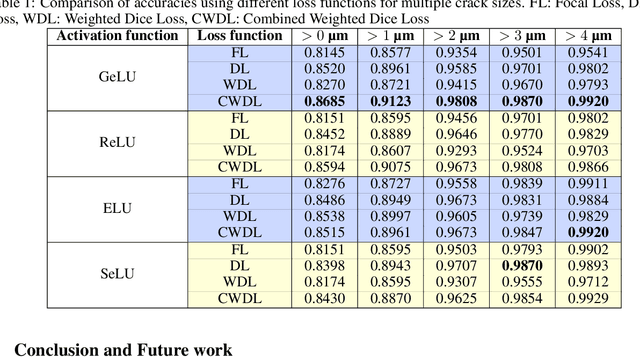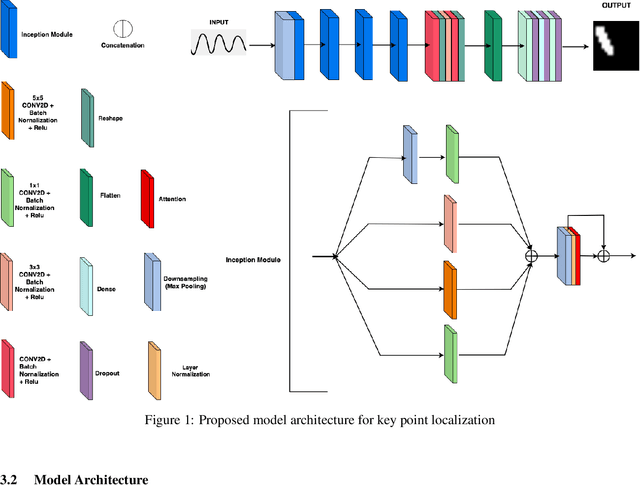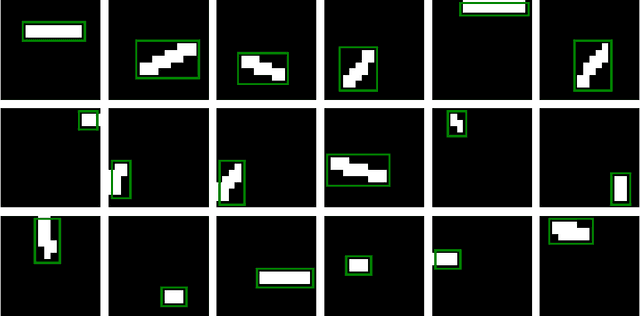Mohammad Ammar
Aligarh Muslim University, Aligarh, India
MicroCrackAttentionNeXt: Advancing Microcrack Detection in Wave Field Analysis Using Deep Neural Networks through Feature Visualization
Nov 15, 2024



Abstract:Micro Crack detection using deep neural networks (DNNs) through an automated pipeline using wave fields interacting with the damaged areas is highly sought after. These high-dimensional spatio-temporal crack data are limited, and these datasets have large dimensions in the temporal domain. The dataset presents a substantial class imbalance, with crack pixels constituting an average of only 5% of the total pixels per sample. This extreme class imbalance poses a challenge for deep learning models with the different micro-scale cracks, as the network can be biased toward predicting the majority class, generally leading to poor detection accuracy. This study builds upon the previous benchmark SpAsE-Net, an asymmetric encoder-decoder network for micro-crack detection. The impact of various activation and loss functions were examined through feature space visualization using the manifold discovery and analysis (MDA) algorithm. The optimized architecture and training methodology achieved an accuracy of 86.85%.
Deep Learning for Micro-Scale Crack Detection on Imbalanced Datasets Using Key Point Localization
Nov 15, 2024



Abstract:Internal crack detection has been a subject of focus in structural health monitoring. By focusing on crack detection in structural datasets, it is demonstrated that deep learning (DL) methods can effectively analyze seismic wave fields interacting with micro-scale cracks, which are beyond the resolution of conventional visual inspection. This work explores a novel application of DL-based key point detection technique, where cracks are localized by predicting the coordinates of four key points that define a bounding region of the crack. The study not only opens new research directions for non-visual applications but also effectively mitigates the impact of imbalanced data which poses a challenge for previous DL models, as it can be biased toward predicting the majority class (non-crack regions). Popular DL techniques, such as the Inception blocks, are used and investigated. The model shows an overall reduction in loss when applied to micro-scale crack detection and is reflected in the lower average deviation between the location of actual and predicted cracks, with an average Intersection over Union (IoU) being 0.511 for all micro cracks (greater than 0.00 micrometers) and 0.631 for larger micro cracks (greater than 4 micrometers).
 Add to Chrome
Add to Chrome Add to Firefox
Add to Firefox Add to Edge
Add to Edge